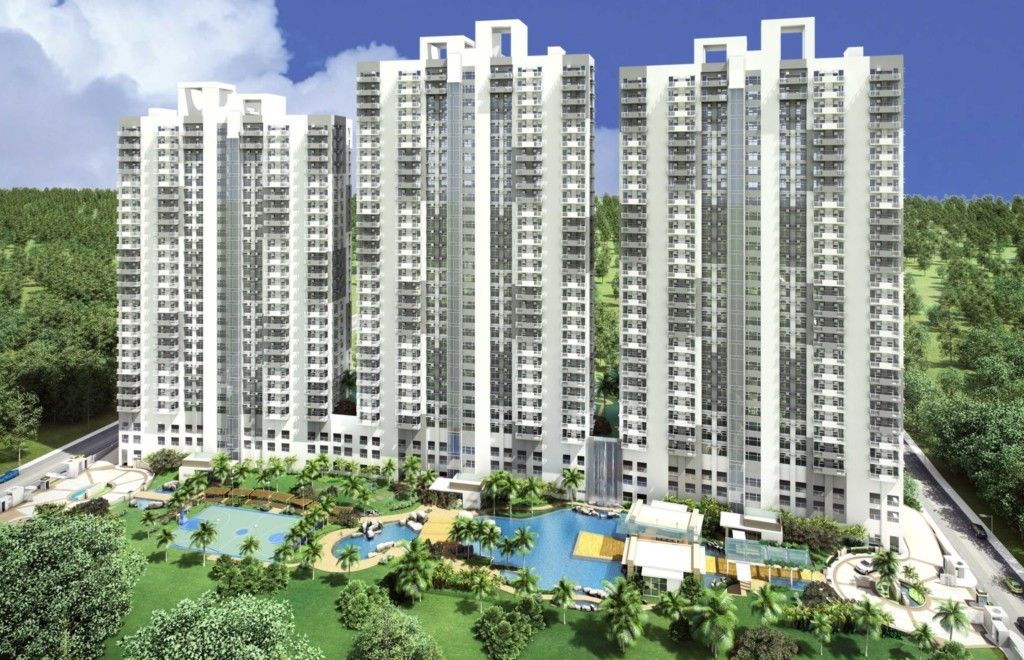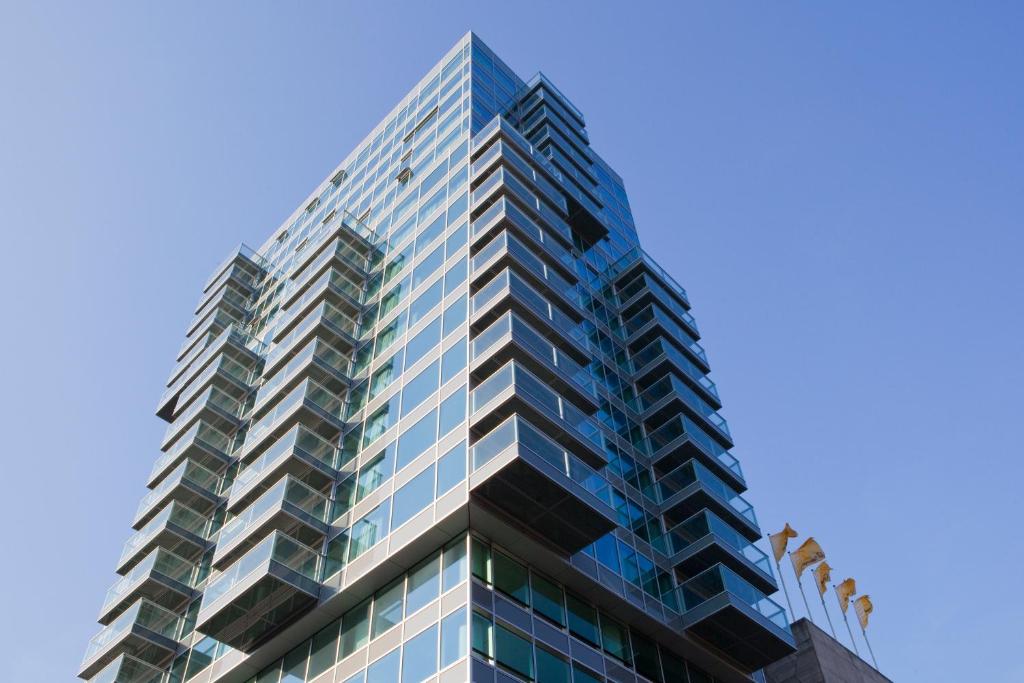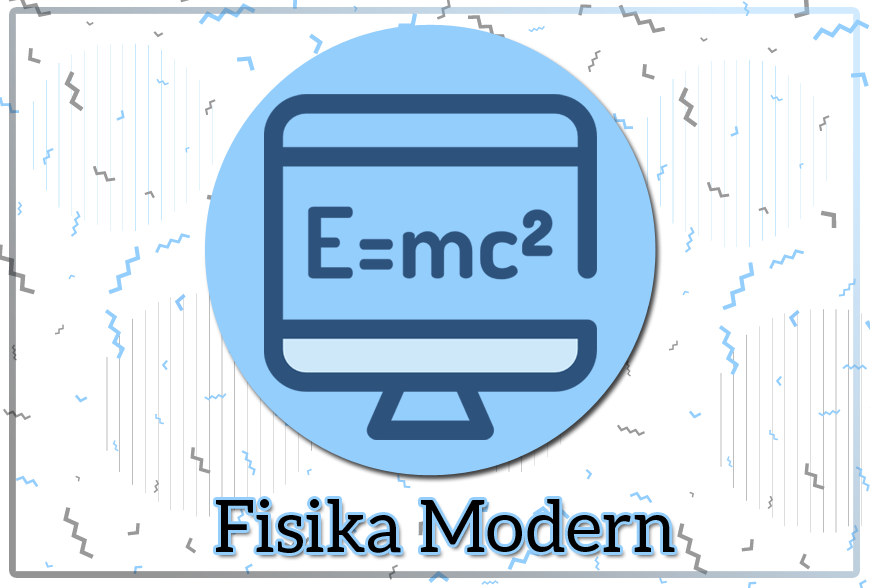
As urban populations continue to grow, the demand for high-density living solutions becomes increasingly pressing. Knowledge-driven solutions leverage data, technology, and innovative design to enhance the quality of life in urban residences. This guide explores the challenges of high-density living and presents strategies for creating sustainable, efficient, and livable urban environments.
Challenges of High-Density Living

1. Space Constraints
- Limited Living Space: High-density areas often result in smaller living units, which can lead to overcrowding and a lack of privacy.
- Shared Amenities: Limited access to communal spaces can affect residents’ social interactions and overall well-being.
2. Infrastructure Strain
- Transportation: Increased population density can overwhelm existing transportation systems, leading to congestion and longer commute times.
- Utilities: High demand for water, electricity, and waste management can strain urban infrastructure.
3. Environmental Impact
- Resource Consumption: High-density living can lead to increased resource consumption and environmental degradation if not managed effectively.
- Green Spaces: A lack of green spaces can negatively impact residents’ physical and mental health.
Knowledge-Driven Solutions
1. Smart Urban Design
- Mixed-Use Developments: Integrating residential, commercial, and recreational spaces can create vibrant communities and reduce the need for transportation.
- Vertical Living: High-rise buildings can maximize land use while providing residents with essential amenities and green spaces.
2. Technology Integration
- Smart Home Solutions: Incorporating IoT (Internet of Things) devices can enhance energy efficiency and improve residents’ quality of life through automation and monitoring.
- Data-Driven Urban Planning: Utilizing data analytics to inform infrastructure development can help cities anticipate growth and allocate resources effectively.
3. Sustainable Practices
- Green Building Standards: Implementing eco-friendly construction practices and materials can reduce the environmental footprint of urban inca residence.
- Urban Agriculture: Encouraging rooftop gardens and community farms can promote food security and enhance community engagement.
Enhancing Community Engagement
1. Collaborative Spaces
- Co-Working Areas: Designing shared workspaces within residential buildings can foster collaboration and reduce the need for commuting.
- Community Hubs: Creating multifunctional spaces for events, workshops, and social gatherings can strengthen community ties.
2. Resident Participation
- Feedback Mechanisms: Implementing platforms for residents to voice their concerns and suggestions can lead to more responsive urban management.
- Participatory Design: Involving residents in the planning and design process can ensure that developments meet their needs and preferences.
Case Studies
1. The High Line, New York City
- Overview: An elevated linear park built on a former railway line, the High Line transformed underutilized space into a vibrant community asset.
- Impact: It has spurred economic development and increased property values while promoting green space in a densely populated area.
2. Bosco Verticale, Milan
- Overview: A pair of residential towers featuring extensive vertical gardens that enhance biodiversity and improve air quality.
- Impact: The project demonstrates how integrating nature into urban living can enhance residents’ well-being and contribute to sustainability.
Conclusion
Urban residences present unique challenges, but knowledge driven solutions offer innovative ways to enhance high-density living. By leveraging smart design, technology, and community engagement, cities can create sustainable, efficient, and livable environments for their residents.
As urbanization continues to rise, embracing these solutions will be essential for fostering vibrant communities that thrive in high-density settings. The future of urban living lies in our ability to adapt and innovate, ensuring that all residents can enjoy a high quality of life.
Read Also About Personification is a literary device where non-human elements, such as objects, animals, or abstract concepts, are given human characteristics or qualities.
Related Posts
 Kepemimpinan Inklusif: Panduan Lengkap Pemimpin Modern
Kepemimpinan Inklusif: Panduan Lengkap Pemimpin Modern
 Fasilitas Kampus: Fondasi Penting dalam Pengalaman Belajar Mahasiswa Modern
Fasilitas Kampus: Fondasi Penting dalam Pengalaman Belajar Mahasiswa Modern
 Classroom Learning: Fostering University Knowledge Acquisition Through Real Experiences
Classroom Learning: Fostering University Knowledge Acquisition Through Real Experiences
 Fisika Modern: Menyingkap Rahasia Alam Semesta dengan Perspektif Mahasiswa
Fisika Modern: Menyingkap Rahasia Alam Semesta dengan Perspektif Mahasiswa



